
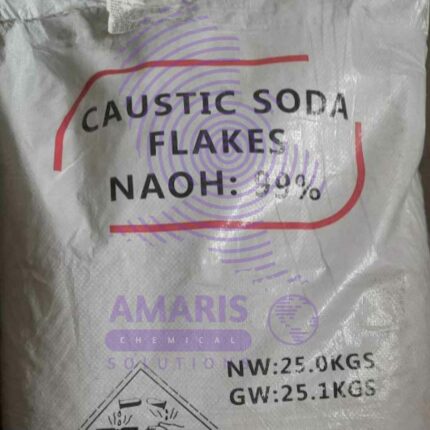
Calcium Carbonate (uncoated)
$4,900.00 Original price was: $4,900.00.$4,800.00Current price is: $4,800.00.
Calcium Carbonate (uncoated) refers to a natural mineral substance that is composed of calcium carbonate without any additional coatings or surface treatments. It is a white, powdery material that is commonly used in various industrial applications, including the manufacture of paper, paints, plastics, and rubber products, as well as in construction, agriculture, and the food and pharmaceutical industries. Uncoated calcium carbonate is typically mined from natural deposits of limestone or chalk and is often ground into fine particles to achieve the desired particle size and purity for specific applications
Calcium Carbonate (uncoated) Uses
Paper manufacturing:
Uncoated calcium carbonate is used as a filler and coating agent in the production of paper, improving its brightness, opacity, and printability.
Paints and coatings:
It is used as a pigment extender and to improve the rheology, gloss, and durability of paints and coatings.
Plastics:
Uncoated calcium carbonate is used as a filler to enhance the mechanical properties of plastic products, such as stiffness, impact resistance, and dimensional stability.
Rubber:
It is used as a reinforcing agent in the production of rubber products, such as tires, belts, and hoses, to improve their strength and durability.
Construction:
Uncoated calcium carbonate is used as a filler in concrete and mortar to improve their strength, durability, and workability.
Agriculture:
It is used as a soil conditioner to neutralize acidic soils and provide essential nutrients to plants.
Food and pharmaceuticals:
Uncoated calcium carbonate is used as a dietary supplement, an antacid, and a bulking agent in food and pharmaceutical products.
| APPEARANCE |
Powdery – Fine, dry particles e.g., baking soda |
|---|---|
| AVAILABLE PACK SIZE |
25kg( Metal or Plastic Jerrycan/ Bucket, Bag, Box, Polythene bag, Carton bag) |
1. Basic Identification Attributes
- Chemical Name: Calcium carbonate (IUPAC)
- CAS Number: 471-34-1
- HS Code: 2836.50.00 (Calcium carbonate)
- Molecular Formula: CaCO₃
- Synonyms: Limestone, Calcite, Chalk, Marble flour, Carbonic acid calcium salt
2. Physical & Chemical Properties
- Physical State: Fine white powder or granules
- Color & Odor: White; odorless
- Melting Point: 825°C (decomposes to CaO + CO₂)
- Boiling Point: Decomposes before boiling
- Density: 2.71 g/cm³ (calcite form)
- Solubility:
- Water: 0.0014 g/100mL (25°C)
- Acids: Soluble with effervescence
- pH Level: 9-10 (saturated solution)
- Refractive Index: 1.59
- Mohs Hardness: 3.0
- Specific Surface Area: 1-10 m²/g (varies by particle size)
3. Safety & Hazard Attributes
- Hazard Class (GHS): Not classified as hazardous
- NFPA Ratings: Health: 0 | Flammability: 0 | Reactivity: 0
- Exposure Limits:
- OSHA PEL: 15 mg/m³ (total dust), 5 mg/m³ (respirable fraction)
- ACGIH TLV: 10 mg/m³ (inhalable fraction)
- Reactivity:
- Stable under normal conditions
- Reacts with acids producing CO₂
- Incompatible with fluorine, aluminum
4. Storage & Handling Attributes
- Storage Conditions:
- Dry environment (<50% RH)
- Ambient temperature
- Avoid contamination
- Incompatible Materials: Strong acids, ammonium salts
- Container Type: Multi-wall paper bags, bulk bags, silos
- Shelf Life: Indefinite if kept dry
- Special Handling:
- Dust control measures recommended
- PPE: Dust mask (N95), eye protection
5. Regulatory & Compliance Attributes
- Regulatory Status:
- FDA: 21 CFR 184.1191 (GRAS)
- EU: E170 food additive
- REACH: Registered
- Hazard Symbols: None required
- Transportation Restrictions: Non-hazardous for transport
- Waste Disposal: Landfill acceptable (inert material)
6. Environmental & Health Impact
- Ecotoxicity: Practically non-toxic (LC50 >10,000 mg/L)
- Persistence: Naturally occurring mineral
- Carcinogenicity:
- IARC: Not classified
- NTP: Not listed
- Biodegradability: Not applicable (inorganic mineral
Personal Protection
- Respiratory Protection: Use a dust mask (NIOSH N95 or higher)if handling large quantities of powder in poorly ventilated areas.
- Eye Protection: Wear safety gogglesto prevent irritation from dust.
- Skin Protection: Use gloves (nitrile or latex)and long sleeves if prolonged exposure is expected.
- General Hygiene: Avoid inhalation and ingestion. Wash hands after handling.
Handling & Storage
- Store in a cool, dry, well-ventilatedarea away from acids.
- Keep containers tightly closedto prevent moisture absorption.
- Minimize dust generation; use local exhaust ventilationif necessary.
- Avoid contact with strong acids(can release CO₂ gas).
Spill Management
- Sweep up spills (avoid dust generation) and dispose of properly.
- Wash contaminated surfaces with water.
Inhalation
- Move to fresh air
- If breathing difficulties occur, seek medical attention.
Skin Contact
- Wash affected area with soap and water.
- If irritation develops, seek medical advice.
Eye Contact
- Rinse immediately with plenty of water for 15 minutes, lifting eyelids occasionally.
- Seek medical attention if irritation persists.
Ingestion
- Rinse mouth with water.
- Drink plenty of waterto dilute.
- Do NOTinduce vomiting.
- Seek medical advice if large amounts are ingested.
Firefighting Measures
- Non-flammableand does not support combustion.
- No special firefighting measures required.
- If involved in a fire, use water spray, dry chemical, CO₂, or foamto extinguish surrounding fires.
- Hazardous Decomposition: At very high temperatures (>825°C), decomposes into calcium oxide (quicklime) and CO₂ gas.
- Firefighters should wear SCBAif decomposition occurs in enclosed spaces (risk of CO₂ buildup).


 Emollients
Emollients Humectants
Humectants UV Filters
UV Filters Surfactants (cosmetic)
Surfactants (cosmetic) Preservatives (cosmetic)
Preservatives (cosmetic) Fragrances and Essential Oils
Fragrances and Essential Oils Antioxidants (cosmetics)
Antioxidants (cosmetics)
 Solvents (lab)
Solvents (lab) Chromatography Chemicals
Chromatography Chemicals Microbiology and Cell Culture Reagents
Microbiology and Cell Culture Reagents Biochemical Reagents
Biochemical Reagents Inorganic and Organic Standards
Inorganic and Organic Standards Spectroscopy Reagents
Spectroscopy Reagents Molecular Biology Reagents
Molecular Biology Reagents
 Precious Metal Extraction Agents
Precious Metal Extraction Agents
 Plasticizers
Plasticizers Polymerization Initiators
Polymerization Initiators Stabilizers
Stabilizers Monomers
Monomers Fillers and Reinforcements
Fillers and Reinforcements Antioxidants (plastics)
Antioxidants (plastics) Colorants (plastic pigments,Dyes)
Colorants (plastic pigments,Dyes)
 Fertilizers
Fertilizers Plant Growth Regulators
Plant Growth Regulators Soil Conditioners
Soil Conditioners Animal Feed Additives
Animal Feed Additives Biostimulants
Biostimulants
 Dough Conditioners
Dough Conditioners Flour Treatments
Flour Treatments Fat Replacers
Fat Replacers Preservatives (baking)
Preservatives (baking)
 Surfactants (cleaning)
Surfactants (cleaning) Builders
Builders Bleaching Agents
Bleaching Agents Enzymes
Enzymes Solvents (cleaning)
Solvents (cleaning) Fragrances
Fragrances Disinfectant
Disinfectant Metal cleaning
Metal cleaning
 Binders/Resins
Binders/Resins Pigments
Pigments Solvents (paint)
Solvents (paint) Additives
Additives Driers
Driers Anti-Corrosion Agents
Anti-Corrosion Agents Specialty Coatings
Specialty Coatings Functional Coatings
Functional Coatings Application-Specific Coatings
Application-Specific Coatings
 Sealants and Adhesives
Sealants and Adhesives
 Biodegradable Surfactants
Biodegradable Surfactants Bio-based Solvents
Bio-based Solvents Renewable Polymers
Renewable Polymers Carbon Capture Chemicals
Carbon Capture Chemicals Wastewater Treatment Chemicals
Wastewater Treatment Chemicals
 Preservatives (food)
Preservatives (food) Flavor Enhancers
Flavor Enhancers Acidulants
Acidulants Sweeteners
Sweeteners Emulsifiers
Emulsifiers Antioxidants (food)
Antioxidants (food) Colorants (food)
Colorants (food) Nutrient Supplements
Nutrient Supplements Nutraceutical Ingredients
Nutraceutical Ingredients
 Fresh Herbs
Fresh Herbs Whole Spices
Whole Spices Ground Spices
Ground Spices Spice Blends
Spice Blends
 Surfactants(oil)
Surfactants(oil)
 Antibiotics
Antibiotics Active Pharmaceutical Ingredients
Active Pharmaceutical Ingredients Excipients
Excipients Vaccine Adjuvants
Vaccine Adjuvants Nutraceutical Ingredients
Nutraceutical Ingredients Solvents (pharmaceutical)
Solvents (pharmaceutical)
 Automotive chemicals
Automotive chemicals Pyrotechnic Chemicals
Pyrotechnic Chemicals


 Vulcanizing Agents
Vulcanizing Agents Accelerators & Retarders
Accelerators & Retarders Antidegradants
Antidegradants Reinforcing Agents
Reinforcing Agents Plasticizers & Softeners
Plasticizers & Softeners Fillers & Extenders
Fillers & Extenders Blowing Agents
Blowing Agents Adhesion Promoters
Adhesion Promoters
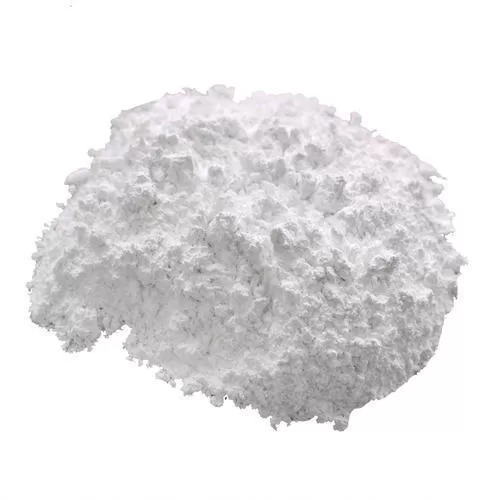

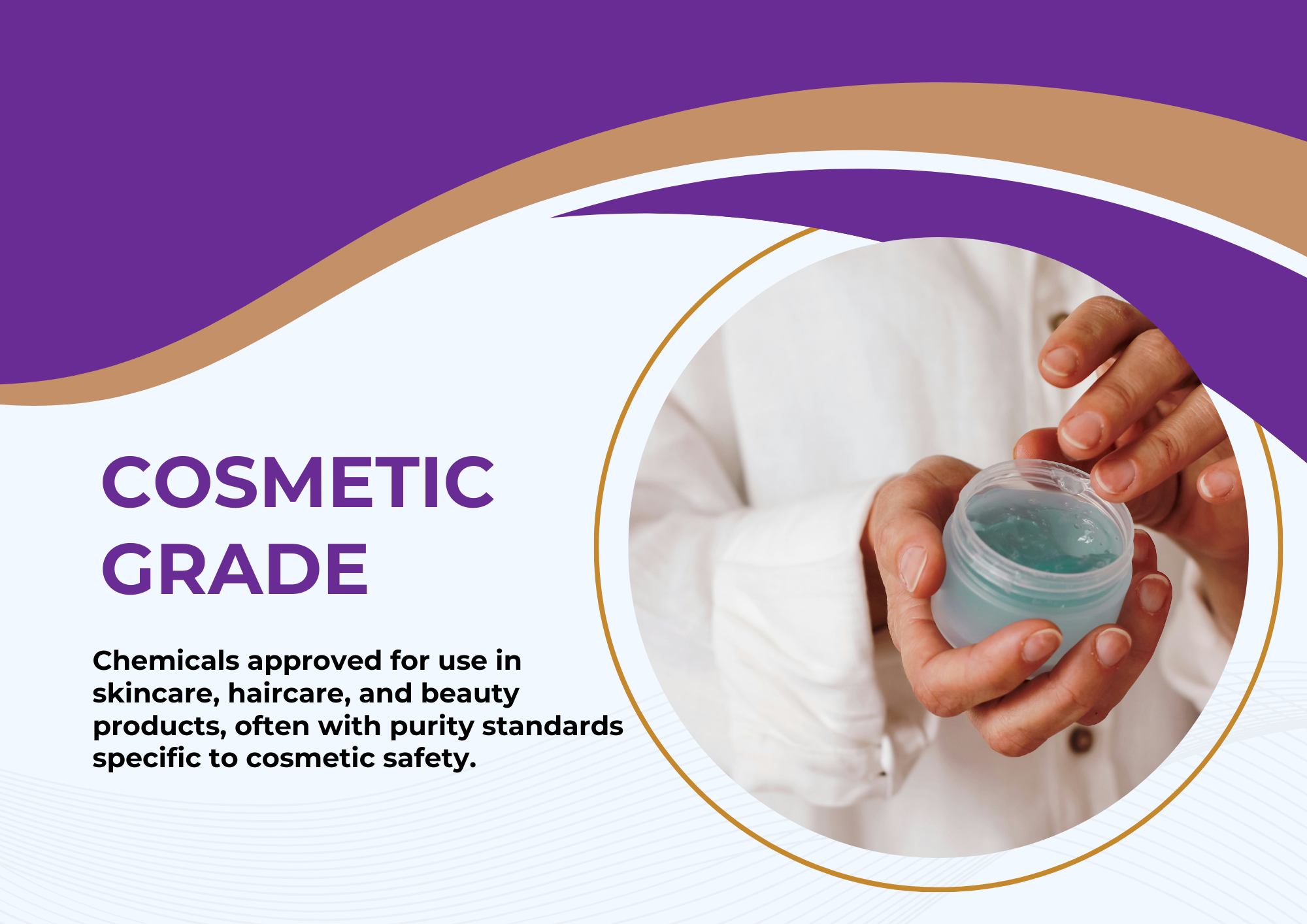
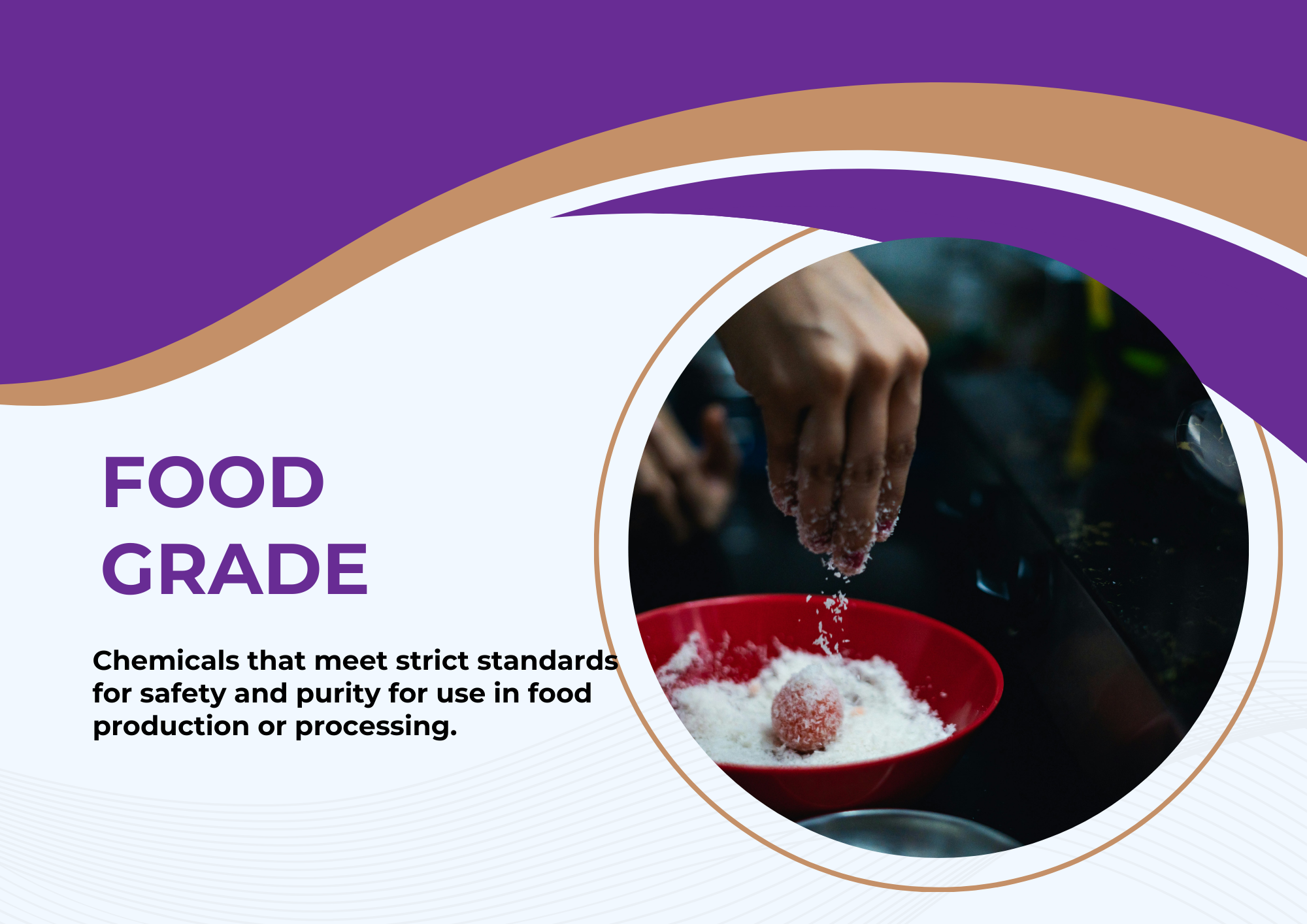

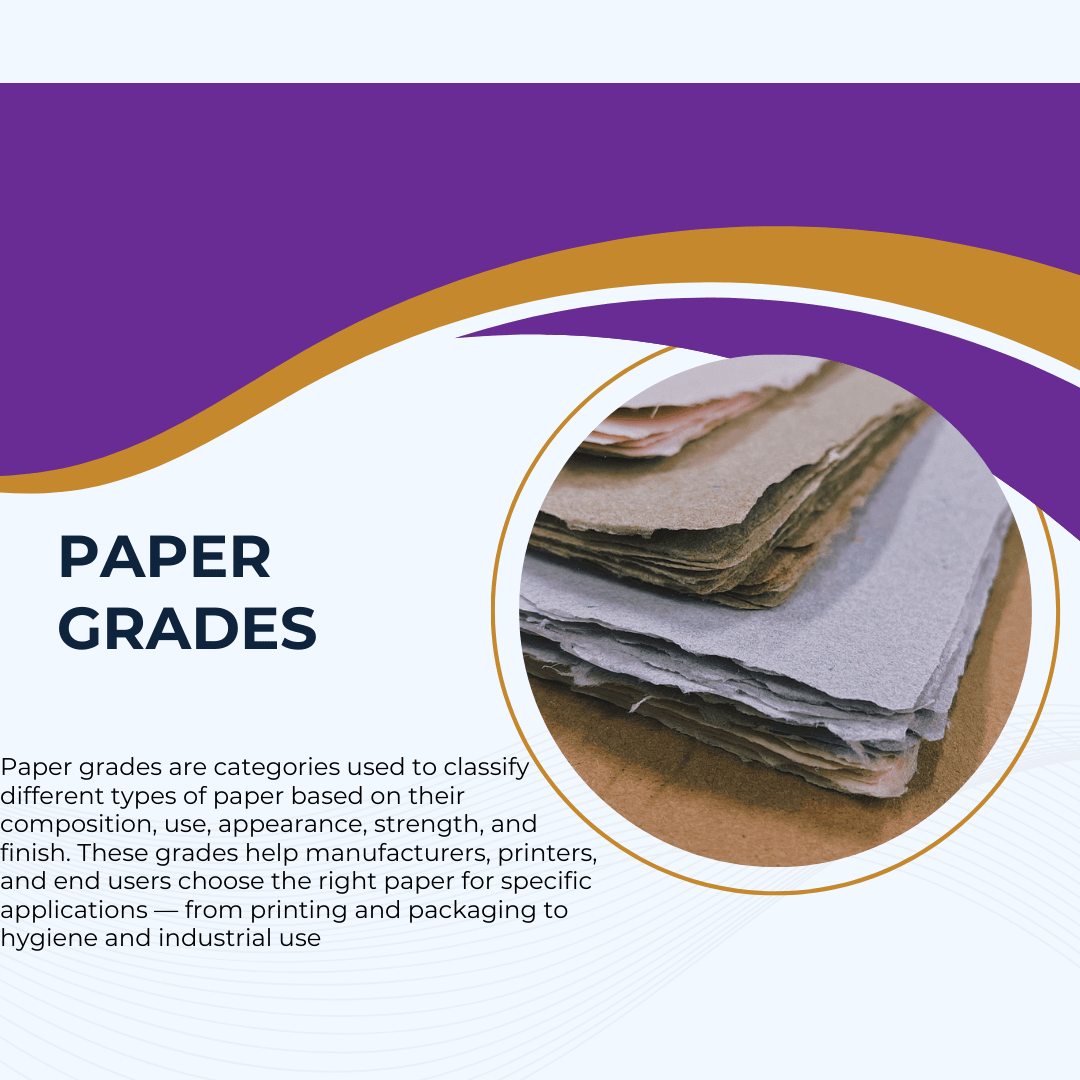

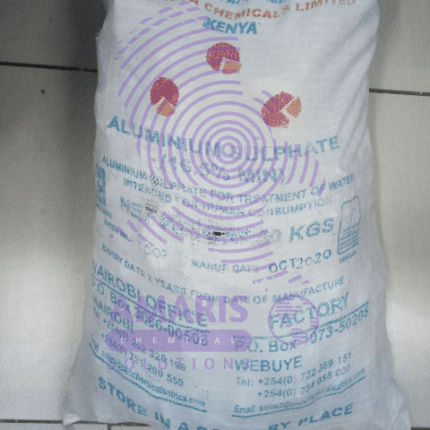


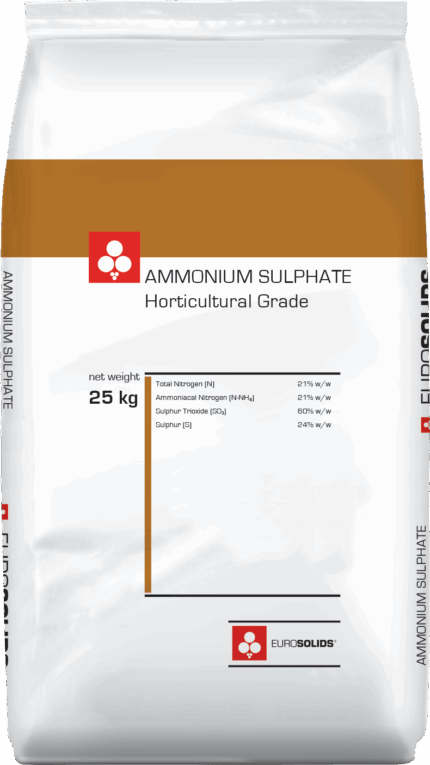


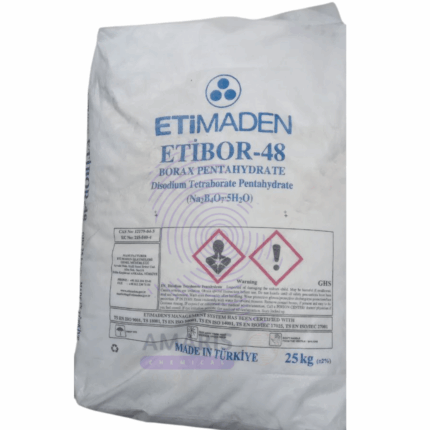
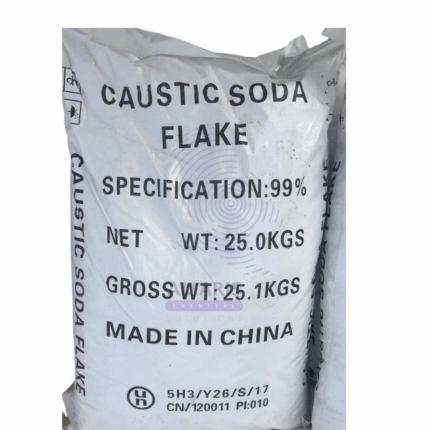


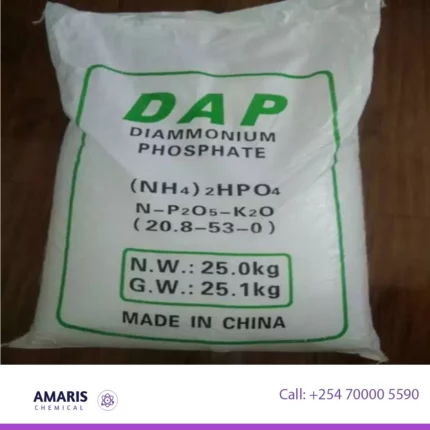













Reviews
There are no reviews yet.